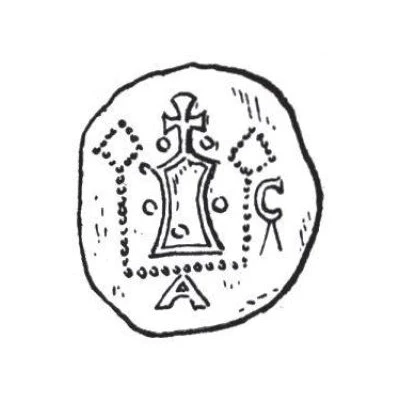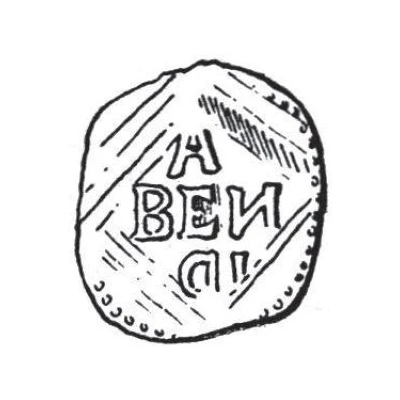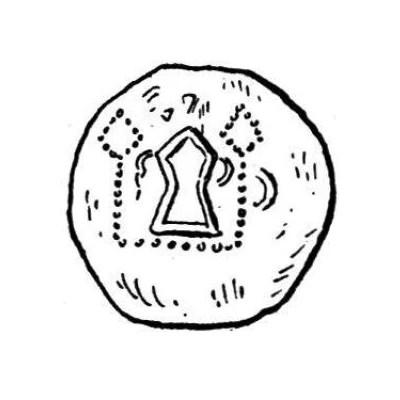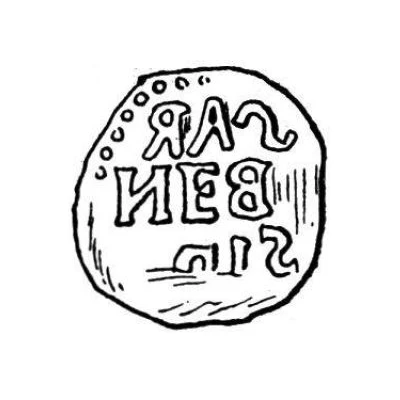


© Albert Michaud, "Les monnaies des princes-évêques de Bâle", 1905 (public domain)
Denier ND
| Silver | - | - |
| Issuer | Bishopric of Basel |
|---|---|
| Type | Standard circulation coin |
| Years | 1072-1191 |
| Value | 1 Denier |
| Currency | Pfennig (999-1122) |
| Composition | Silver |
| Shape | Round (irregular) |
| Technique | Hammered |
| Demonetized | Yes |
| Updated | 2024-10-07 |
| Numista | N#197289 |
|---|---|
| Rarity index | 100% |
Reverse
Lettering:
A
BEИ
ᗡI
Comment
Attributed with uncertainty.Meyer, D. u. B., pl. IV, n° 13.;
Morel-Fatio, pl. XI, n° 17;
Dannenberg, p. 409;
Albert Michaud, "Les monnaies des princes-évêques de Bâle", 1905 #37.
Interesting fact
One interesting fact about the Standard circulation coin Denier ND (1072-1191) from Bishopric of Basel made of Silver is that it was used as a form of currency during the Middle Ages in the Bishopric of Basel, which is now part of modern-day Switzerland. The coin was minted during the reign of Bishop Herman III von Bretten (1072-1191) and features an image of the bishop on one side and a cross on the other. The use of silver in the coin's composition was a symbol of the bishop's power and wealth, and the coin was widely accepted as a form of payment throughout the region.

